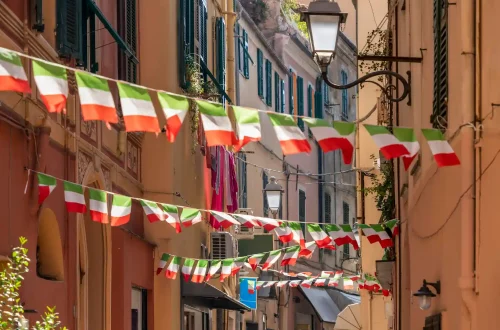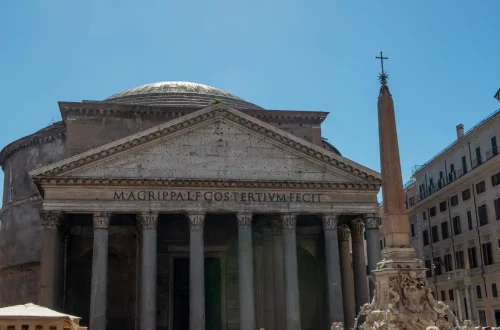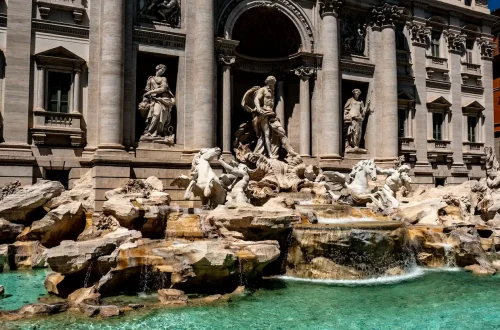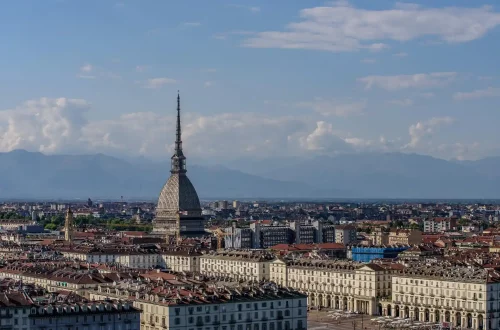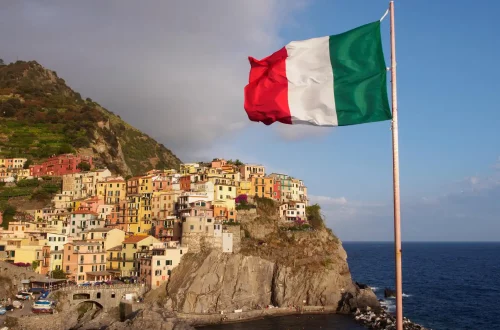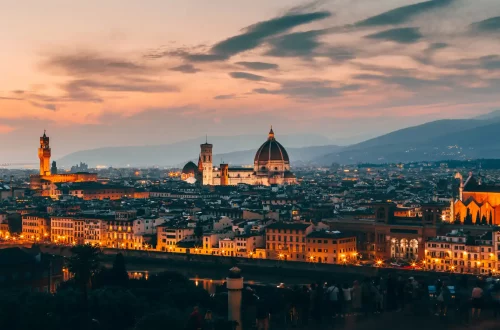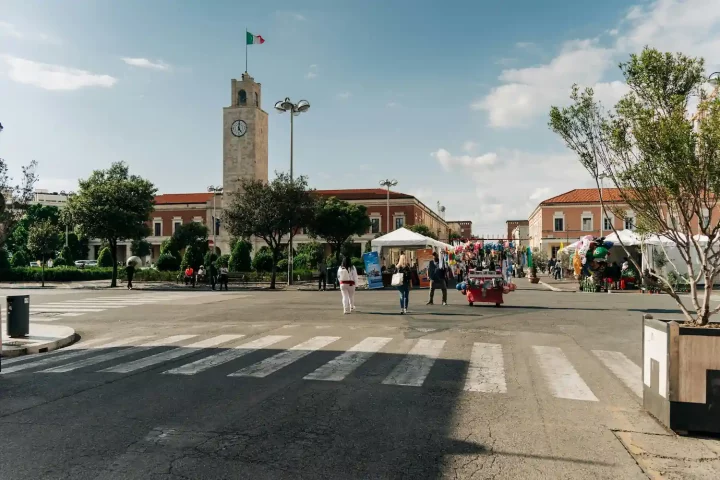Italy has long been an appealing destination for expatriates, students, and descendants seeking to reconnect with their roots. From its rich cultural heritage and stunning landscapes to its excellent public services and quality of life, it offers endless opportunities for those who make the move.
However, understanding the cost of living is essential for effective financial planning, especially for anyone considering a long-term stay. This guide explores the key cost factors, regional variations, and practical tips to help you make informed decisions.
Regional variations in cost of living
According to Idealista, rental prices in Italy saw a record 11.4% increase as of July 2024 compared to the same period the previous year. In Italy, average rental prices per square meter vary significantly across regions.
In Lombardia, Milan stands out as the most expensive city, with an average cost of around €18 per square meter. Toscana’s Florence follows closely, with prices averaging €16 per square meter. Lazio’s capital, Rome, also features high rental costs, averaging €16 per square meter. In contrast, Campania’s Naples offers more affordable options at €11 per square meter, and Umbria’s Perugia remains the most economical, with an average price of €7.5 per square meter.
These variations reflect the economic and cultural differences across Italy’s diverse regions.
Breakdown of monthly expenses
Understanding the breakdown of monthly expenses is key to managing your budget effectively while living in Italy.
- Housing: Rental costs typically range from €500 to €1,500 per month, depending on the region and size of the property. Northern cities like Milan and Florence command higher rents, while smaller cities and southern regions offer more affordable housing options.
- Food and groceries: Expect to spend between €200 and €400 per month on groceries. Dining out can vary widely—meals at local trattorias or pizzerias are affordable, whereas dining in tourist hotspots is significantly more expensive. Shopping at local markets is an excellent way to save on fresh produce.
- Transportation: Public transportation in Italy is generally reliable and affordable. A monthly public transport pass costs around €35. Larger cities like Milan and Rome have efficient metro systems, while smaller towns rely on buses and trains.
- Utilities and internet: Monthly costs for electricity, water, gas, and internet typically range from €150 to €400, depending on the size of your home and the season. Heating costs can be higher in winter, especially in northern regions.
Additional costs for non-citizens
Non-citizens may face extra expenses that Italian citizens can avoid.
- Private health insurance: Non-residents or those without access to Italy’s public healthcare system (SSN) may need private health insurance, which typically costs between €50 and €150 per month.
- Administrative fees: Non-citizens applying for or renewing residence permits should also account for administrative costs, which vary depending on the type of residence permit.
Benefits of Italian citizenship
For descendants or those considering Italian citizenship, there are significant financial advantages tied to being a citizen.
- Access to public healthcare: Italian citizens are eligible for free or subsidized healthcare through the SSN, eliminating the need for private insurance and reducing overall living costs.
- Reduced university fees: Italian citizenship grants access to lower tuition fees at universities, making higher education more affordable compared to fees for international students.
- Simplified bureaucracy: Italian citizens do not have to navigate the complexities of visa renewals or residence permit applications, saving time and money.
Take advantage of specialized assistance to secure your passport for a borderless future.
Tips for saving money
Moving to Italy doesn’t have to be financially challenging. Living in smaller, more affordable cities like Perugia or Bari can significantly lower housing and overall living costs while maintaining a good quality of life. Using public transportation and healthcare options can further reduce expenses. Relying on private services only when necessary can also help save money.
Italy offers a diverse cost of living landscape, with significant variations depending on location and lifestyle choices. While northern cities like Milan and Florence present higher costs, southern regions and smaller cities provide more affordable options, making them attractive alternatives for expatriates, students, and descendants.To make the most of your experience in Italy, careful financial planning is crucial.
Explore your options, consider the benefits of citizenship and don’t hesitate to seek advice to ensure a smooth transition. With the right approach, living in Italy can be an enriching and economically viable experience.
